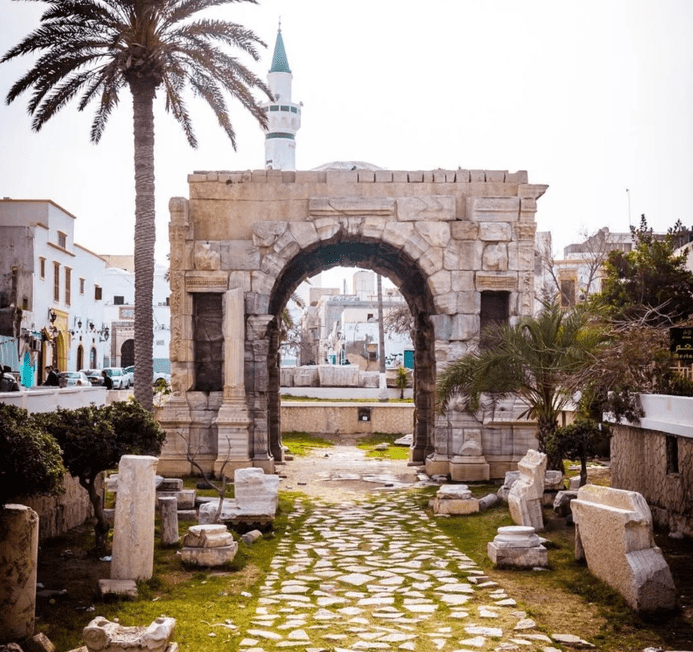Throughout history, cities have evolved, and with these changes often come new names that reflect the shifting tides of political, cultural, and colonial forces. In the MENA region, these name changes reveal the layers of influence that have shaped the cities we know today.
Whether through conquest, trade, or national reformation, the names of these cities carry stories of transformation, identity, and resilience. Let’s explore some of the cities around the MENA region that have had name changes and why they happened!
From Greco-Roman Philadelphia to Modern Amman: Jordan’s Evolution
Amman, the modern capital of Jordan, has witnessed a remarkable evolution, with its name changing to reflect various historical phases. Originally known as Rabbath Ammon in the Iron Age, it was later renamed Philadelphia during the Hellenistic period by Ptolemy II Philadelphus.
However, following the Arab conquest in 636, the name reverted to Amman, reclaiming its Semitic roots. Over time, Amman transformed from an ancient city to a bustling capital under the Hashemite Kingdom of Jordan.
From Hajr to Riyadh: Saudi Arabia’s Transformation
Riyadh’s transformation began with its earlier incarnation as Hajr, the capital of the Al-Yamamah province in pre-Islamic times. Hajr was a thriving center, known for its fortresses and role in trade.
By the 11th century, the name “Riyadh” started to emerge, symbolizing the area’s shift from an ancient city to a vibrant urban center. Riyadh, meaning “gardens,” reflects the region’s transformation from rocky desert terrain to a prosperous modern city, marking its growth as Saudi Arabia’s capital and a symbol of the Kingdom’s progress.
From Colonia Julia Tingi to Tangier: Morocco’s Roman Legacy
Tangier’s roots stretch back to the Roman Empire, where it was known as Colonia Julia Tingi. The city’s strategic location made it an important port, connecting the Mediterranean with the Atlantic.
As the centuries passed, Tangier saw the influence of Carthaginians, Berbers, and Islamic rulers, each leaving their mark. Today, its modern name, Tangier, ties the city to its rich history while highlighting its continued importance as a cultural and commercial hub in North Africa.
From Icosium to Algiers: Algeria’s Colonial Journey
Algiers, originally known as Icosium during Roman times, was a thriving city with deep historical roots. The name Icosium likely derived from the Greek word for “twenty,” as the city was said to have been founded by 20 companions of Hercules.
In 972, Buluggin ibn Ziri renamed it Jazaʾir Bani Mazghanna, meaning “Islands of Banu Mazghanna,” which later became Al-Jazā’ir (The Islands). This name was extended during Ottoman rule and eventually inspired the modern name of Algeria, which was used by the French colonizers.
From Oea to Tripoli: Libya’s Rise as a Hub
Tripoli, originally called Oea, was part of the African Tripolis, a trio of Phoenician-founded cities. Its name changed as it grew in importance over time. During Roman rule, the city was part of the larger Tripolitania region. The name “Tripoli” (meaning “Three Cities”) reflects its role as the central hub among Oea, Sabratha, and Leptis Magna.
As Tripoli became the dominant city after the Vandals destroyed its rivals’ walls, the name Tripoli eventually replaced “Oea,” symbolizing its newfound prominence. This shift in name was also because of the city’s changing rulers, from Romans to Arabs and later Ottomans.
City Names as Reflections of Change
The evolution of city names in MENA tells a story of transformation shaped by political, cultural, and colonial forces. These name changes represent the shifting identities of cities and the people who have inhabited them. Reflecting on these names can offer us insight into the forces that have shaped not only the cities themselves but also the broader narrative of the MENA region.
WE SAID THIS: Don’t Miss…Hidden History: Five Ways the MENA Region Shaped the Modern World



